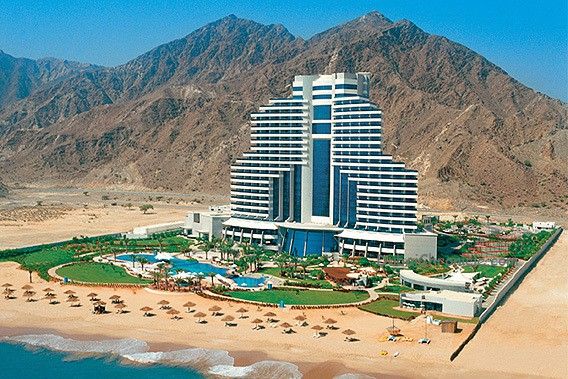What has changed between the 1990s and the 2010s? Probably the first thing that will pop in your mind will have to do with some scientific discovery, a political event or even just the release of a technology gadget that has affected or transformed our lives in some way. What you will not assume, however, is that for this short amount of time, people have somehow increased their life expectancy. To be more precise, today people live six years more compared to two decades ago.
This finding was listed in the latest World Health Statics 2014 report, published by the World Health Organization (WHO). According to it, people’s life expectancy has jumped by an average of six years since 1990. Interestingly, the biggest rise is observed in countries where incomes are classified as low. There, life expectancy has increased by an average of almost a decade for a little over 20 years. Among the biggest climbers in the ranking are Cambodia, Rwanda, Liberia, Timor-Leste, as well as the Maldives.
The search has also discovered that in almost every country, women tended to enjoy a longer lifespan compared to men. That is why the report offers separate lists for life expectancy among men and women, as well as a third which is combined.
The global male life expectancy ranking is topped by Iceland. There, men enjoy a lifespan of about 81 years. Japan’s women, on the other hand, live the longest in the world – 87 years. However, the lists on female and male life expectancy do not always include the same countries. For instance, while Iceland’s men have the greatest lifespan, the country’s women are nowhere to be seen on the second ranking. Still, Switzerland, Australia, Singapore, Italy, Japan and Luxembourg are among the few that have managed to score equally impressive performance on the lists.
At the bottom of the life expectancy ranking are mainly countries located in Africa. In some of them, the average lifespan is even under 55. Most shocking is the case in Sierra Leone, where the average lifespan for both men and women is 46 years. However, twenty years ago it was even lower – 38 years.
Life expectancy in the Gulf region is slightly over the world’s average. People in Qatar live the longest – 79 years, followed by those in Kuwait (78) and Bahrain (77). In the United Arab Emirates, men and women often life to see 76. The same goes for Oman and Saudi Arabia, where 76 is also the average life expectancy.
According to the World Health Organization, the increase of the global population’s average lifespan is a result of the improved healthcare and disease prevention strategies around the world. That has decreased child mortality by nearly 50% just 20 years. Maternal mortality has also dropped by 45%. The number of deaths resulting from infections like TB, HIV and malaria has too fallen.
Despite that, conditions like pneumonia, heart disease and stroke continue to be one of the leading death causes. Also, injuries and non-communicable diseases make up over 90% of deaths in nearly 50 high-income countries.
Countries with highest male life expectancy:
- Iceland – 81.2
- Switzerland – 80.7
- Australia – 80.5
- Israel – 80.2
- Singapore – 80.2
- New Zealand – 80.2
- Italy – 80.2
- Japan – 80
- Sweden – 80
- Luxembourg – 79.7
Countries with highest female life expectancy in the world:
- Japan – 87
- Spain – 85.1
- Switzerland – 85.1
- Singapore – 85.1
- Italy – 85
- France – 84.9
- Australia – 84.6
- Republic of Korea – 84.6
- Luxembourg – 84.1
- Portugal – 84



































